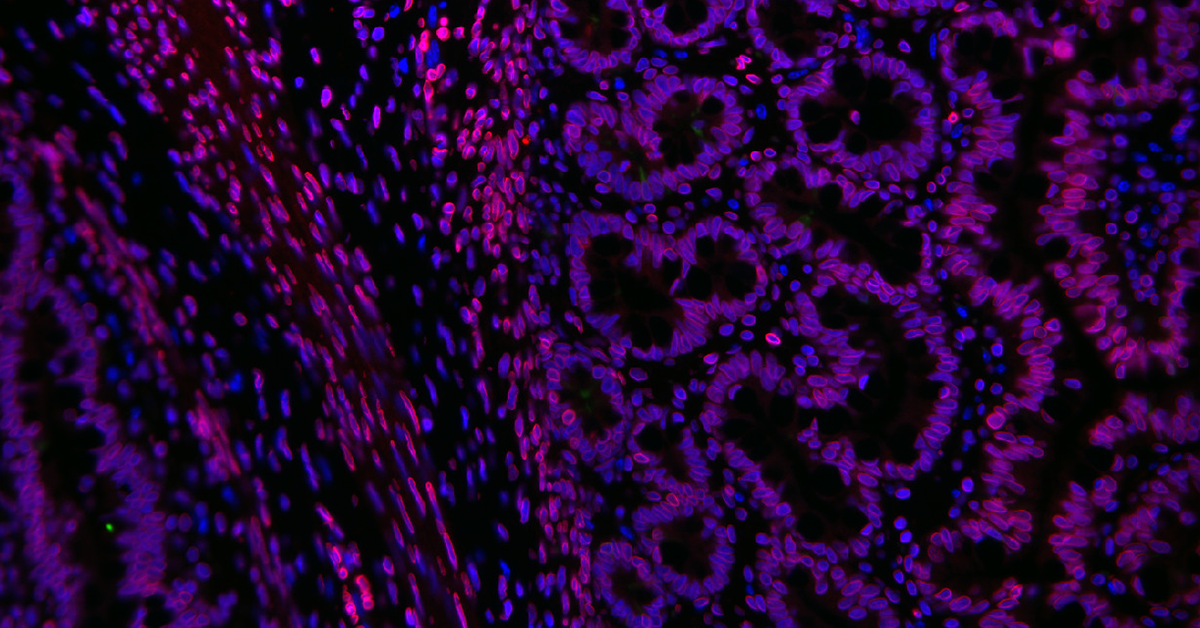
The human body has what is sometimes called a “second brain” in the digestive tract. The enteric nervous system (ENS) performs many vital functions, including coordinating the movement of food to allow the body to absorb nutrients. When babies are born with an incomplete or absent ENS, their prognosis is extremely serious.
In a new study published in the Journal of Tissue Engineering, Children’s Hospital Los Angeles investigator Tracy Grikscheit, MD, shares her lab’s findings that bring scientists one step closer to a cure for babies born with these life-threatening conditions, such as Hirschsprung’s disease.
Through tissue engineering—using stem cells to grow healthy tissue—Dr. Grikscheit’s lab successfully grew fully functional ENS in pre-clinical models that lacked an intestinal nervous system. The Chief of Pediatric Surgery at CHLA, Dr. Grikscheit is interested in helping babies who are born without critical parts of their intestines. While not yet available clinically, the finding is a significant leap toward new therapies that could help babies in need.
Dr. Grikscheit says that in the worst cases of Hirschsprung’s, children are born with no gut nervous system at all, or very little, and their intestines cannot function. “When a baby has this disease, the situationy is dire,” she says. “And current medical therapies are not adequate.” But the complex technique developed by Dr. Grikscheit could change this.
The Making of a New Model
Investigators tackle unsolved clinical problems by studying a model of the disease. But this wasn’t possible for Hirschsprung’s disease. “The models weren’t reliable,” Dr. Grikscheit explains, “and none of them addressed the right research questions, like ‘How do you grow an ENS from scratch?’” So, she developed the model herself.
Using stem cells to grow a fully functional ENS is no simple feat. “The enteric nervous system is called the ‘second brain’ because it is so complex,” says Dr. Grikscheit.
The ENS coordinates the movement of food to allow the body to absorb nutrients, but it also performs more nuanced tasks. It senses what type of foods we eat and coordinates the release of the right digestion hormones. The gut nervous system also keeps intestinal stem cells healthy. The intestines depend on stem cells to regrow damaged cells and maintain the lining of the intestines, which is constantly overturning.
“These cells are incredibly multi-faceted,” says Dr. Grikscheit. “The fact that we can implant them and they grow into this complex nervous system is a big step toward offering hope for these babies.”
Additional authors on the study are David F. Chang, Samul M. Zuber, Elizabeth A. Gilliam, Laura-Marie A. Nucho, Gabriel Levin, Fengnan Wang, Anthony, Squillaro, Sha Huang, and Jason R. Spence. The study was funded by California Institute of Regenerative Medicine grant TRAN1-08471.
